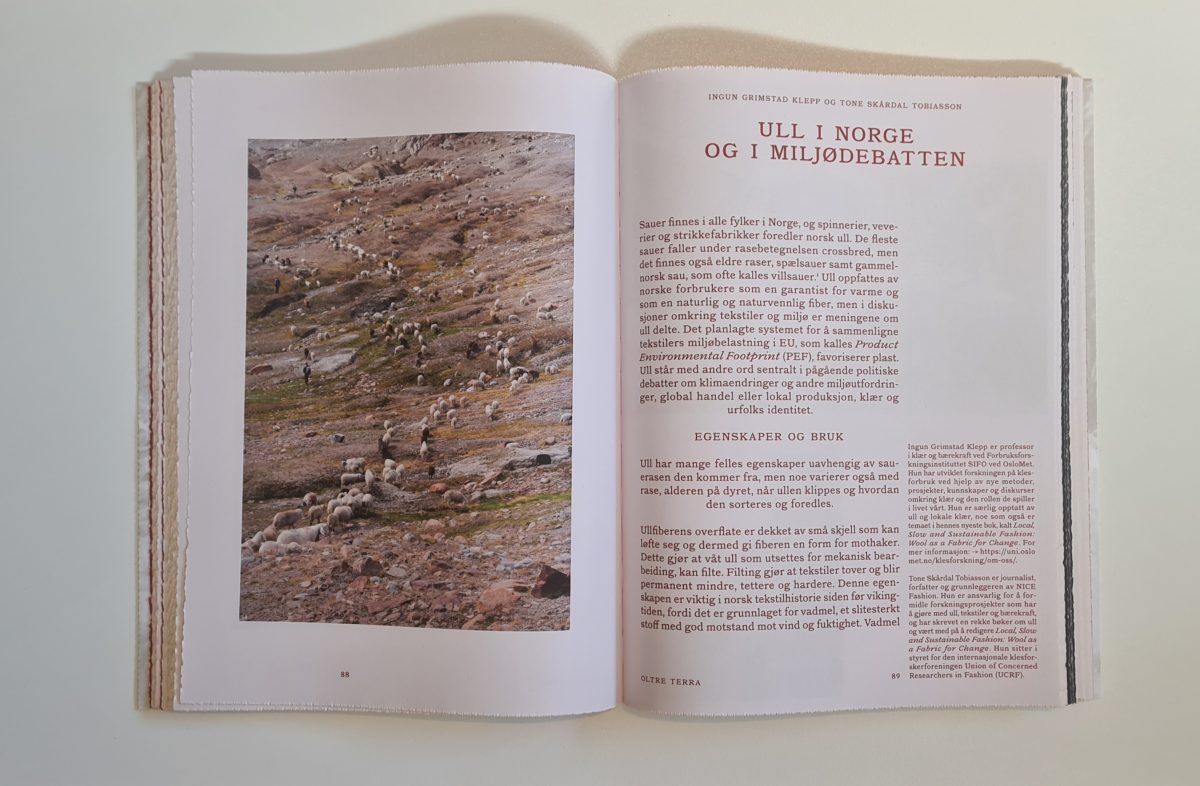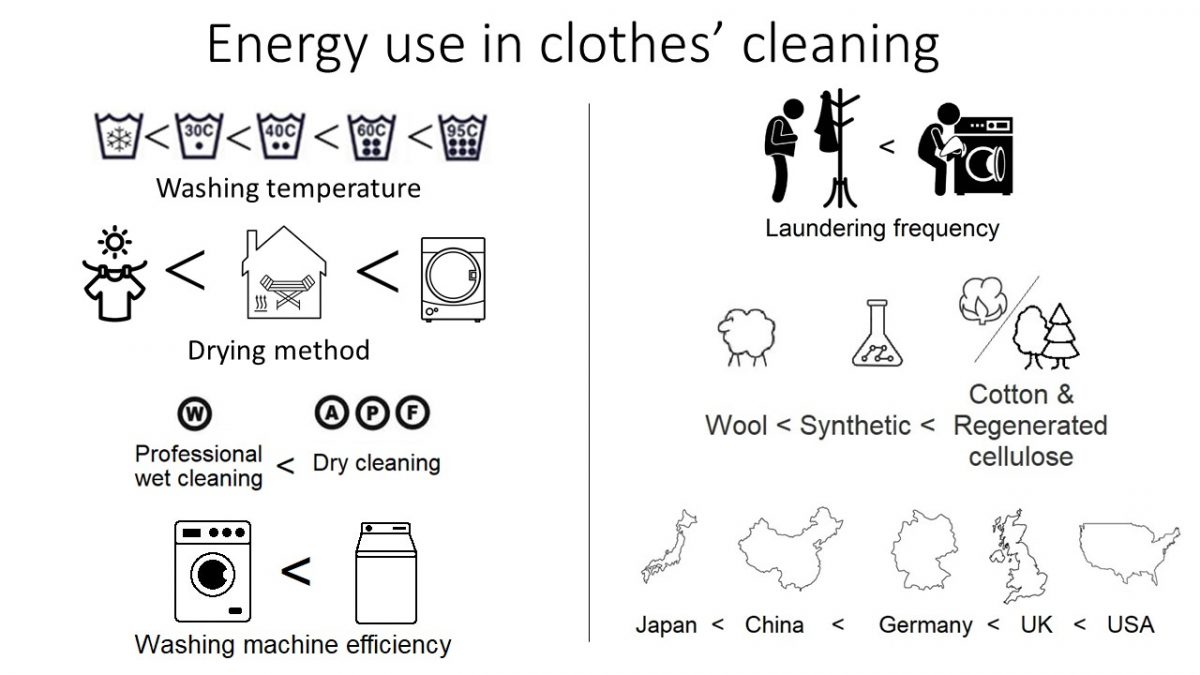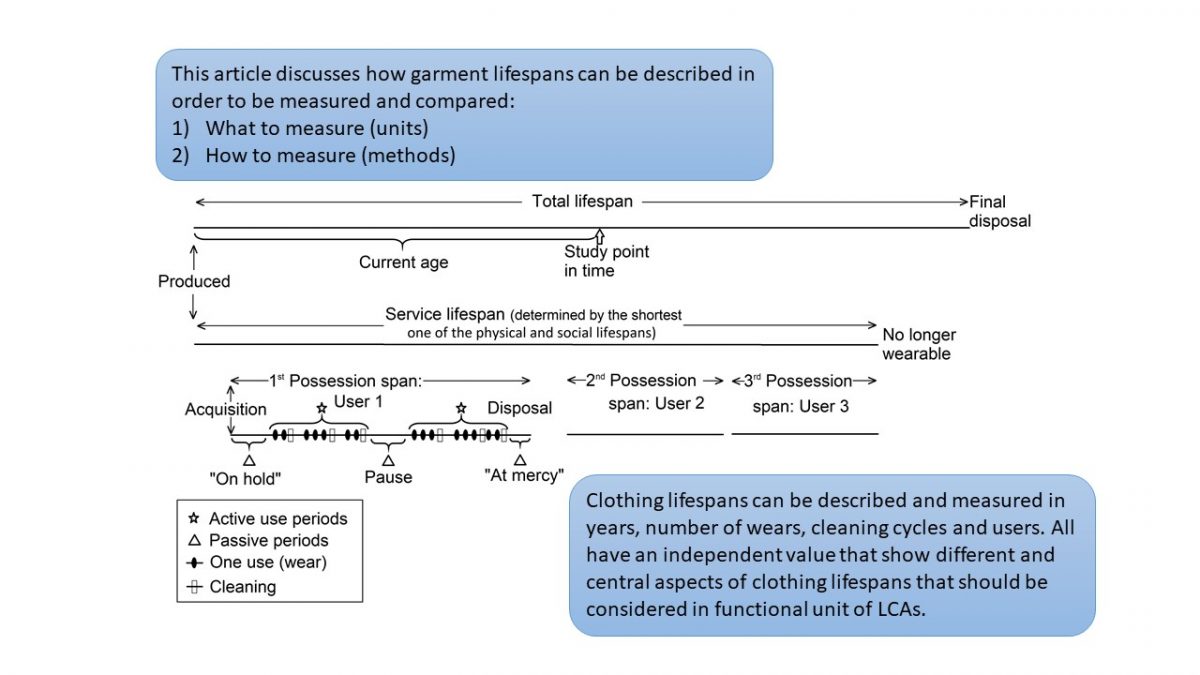Artikkel i Nasjonalmuseets Oltre Terra katalog
I sammenheng med ullutstillingen Oltre Terra på Nasjonalmuseet, som vi har skrevet en kritisk kronikk om, ble det også utgitt en katalog på norsk og engelsk. Det tok litt tid før vi fikk den overrakt, men nå som den er lest den fra perm til perm, er vi mektig imponert over det som faktisk er en gjennomarbeidet bok om forskjellige aspekter om ull og sauer.
Boken, eller katalogen, er trykket på et påkostet papir, og inneholder mange fine bilder fra rundt om i verden – og tar for seg temaer på en dyp og forskningstung måte. Litt ullnerd bør du være for å grave deg inn i innholdet, men hvis dette er noe som engasjerer, er det verdt jobben. Ingun Grimstad Klepp og undertegnede har bidratt med et kapittel om ull i Norge og i miljødebatten, et kapittel som antagelig prøver å favne for vidt, og som stadig ble redigert ned i lengde, slik at vi ikke er helt fornøyd med resultatet språklig. Men redaktøren er fornøyd, så vi har slått oss til ro med det. Dette er en leveranse i Amazing Grazing prosjektet, og det eneste kapittelet i boken hvor norske sauer og norsk ull får skinne, iallfall litt.
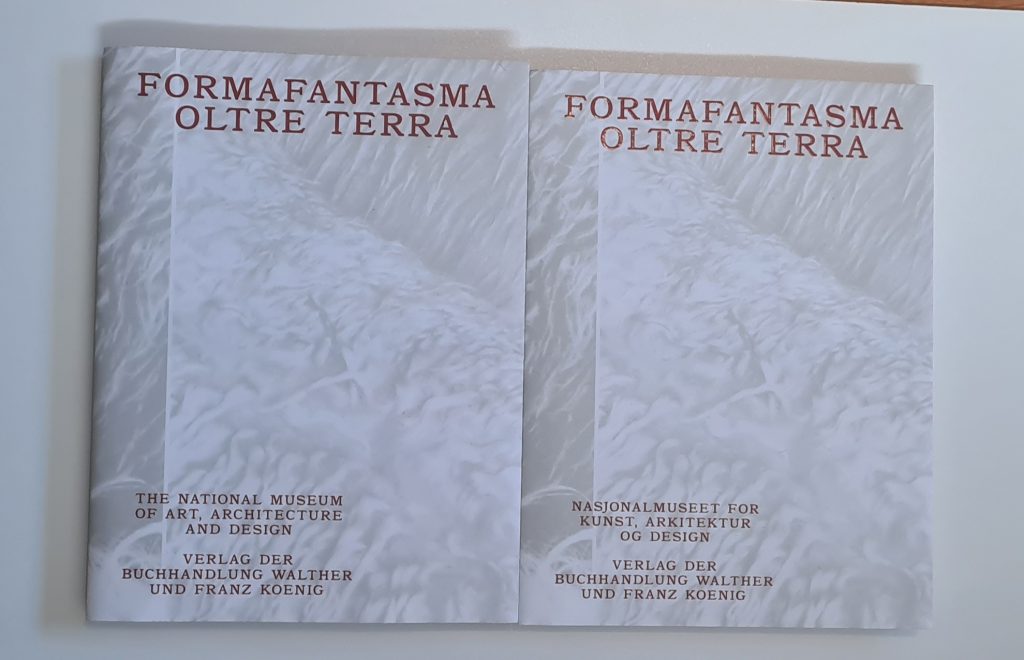
De andre kapitelene dekker temaer som avl: Kan man avle både på kjøtt og ull? Svaret er ‘ja’. Kan man avle på ull og melk (i mange land holder man sauer for melken)? Svaret er ‘nei’. Styrer mennesker eller maskiner historien, eller veves eller spinnes den? Eier vi sauene, eller er det landskapet som eier dem? Her utforskes både språket, ordene «vev», «tekst» og «å ha», og sammenhengen mellom teknikker og industrialisering, og nomader, bønder og tekstilutøvere. Domestisering er også utforsket, som kan sies å være hovedtemaet til utstillingen Oltre Terra.
Mens det i utstillingen vektes mot at vi ‘utnytter’ dyrene med veganske briller på, er tekstene i boken mer nyanserte og gir flere og gode svar. For oss i Norge, er selve ideen om transhumans, som utforskes i sammenheng med sauegjeting i Alpene, en litt fjern form for sauedrift i norsk sammenheng. Vi slipper buskapen ut i naturen og lar dem klare seg selv. Det vil si: Sauebonden er pålagt å se til dem med jevne mellomrom, men muligens ikke ofte nok, siden undertegnede to ganger har måttet melde i fra om lam på fjellet som var skadet eller som hadde satt seg fast i en myr.
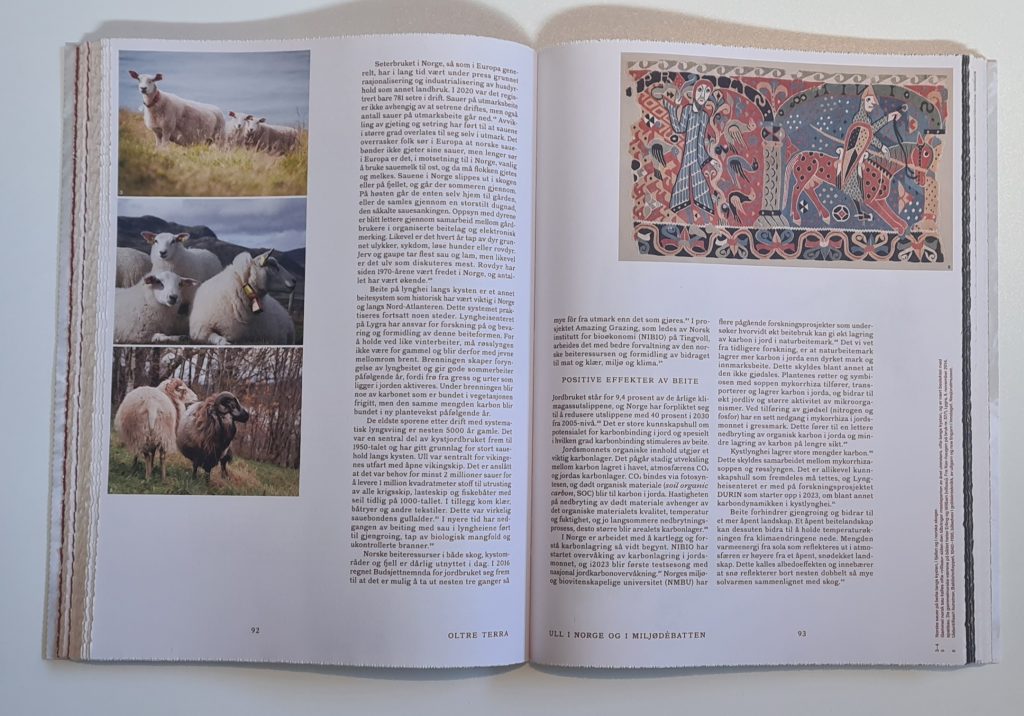
En av artiklene handler om sauenes inntog i Australia og hvordan de harde hovene ødela jordsmonnet og forandret landet og naturen totalt. Det er selvsagt en trist historie, men landskapet har tilpasset seg de massive hordene, og i dag er situasjonen en helt annen, sauene er en del av å gjenopprette balansen, gjennom regenerativ beiting. Artikkelen besøker den aller første merino-gården i Australia, hvor vi også har vært, hvor vi fikk se de opprinnelige merinosauene som kom til Australia, som er mye, mye mindre enn dagens merino-sau. Altså handler dette om hvordan avl og kolonialisme og ikke minst industrielt landbruk har skapt store problemer.
Det er også mange andre ting som kan fenge spesielt interesserte, så katalogen eller boken er rikholdig og rikt illustrert og levert. Noe er litt tungt å lese, litt vel akademisk; men skitt au. Det tåler vi.
